Ekaterina Sirazitdinova
Trends, Challenges and Best Practices for AI at the Edge
#1about 4 minutes
Defining AI at the edge and its industry applications
AI at the edge involves running computations on devices near the data source, transforming industries like manufacturing, retail, and healthcare.
#2about 1 minute
Understanding the unique constraints of edge devices
Edge devices differ from data centers due to their limited compute power, smaller storage capacity, and restricted power consumption.
#3about 2 minutes
Overcoming the primary challenges of edge AI development
Developers must solve for three main challenges: achieving high model accuracy, ensuring real-time throughput, and managing deployment at scale.
#4about 1 minute
Using synthetic data to improve model accuracy
Synthetic data helps improve model accuracy by providing diverse training examples, covering rare corner cases, and reducing expensive manual labeling.
#5about 3 minutes
Optimizing models with quantization and network pruning
Model performance can be significantly improved by using quantization to reduce numerical precision and network pruning to remove unnecessary neurons.
#6about 4 minutes
Advanced techniques for boosting inference performance
Further performance gains can be achieved through network graph optimizations, kernel auto-tuning, dynamic tensor memory, and multistream concurrent execution.
#7about 1 minute
NVIDIA's platform for the end-to-end AI workflow
NVIDIA provides a comprehensive software platform to support the entire AI productization cycle, from data collection and training to optimization and deployment.
#8about 2 minutes
Using Replicator and pre-trained models for development
NVIDIA Replicator generates synthetic data for training, while the NGC catalog offers a wide range of pre-trained models to accelerate development.
#9about 2 minutes
Training and fine-tuning models with the TAO Toolkit
The NVIDIA TAO Toolkit is a zero-coding framework that simplifies training, fine-tuning, pruning, and quantization of AI models.
#10about 2 minutes
Deploying models with TensorRT and Triton Inference Server
NVIDIA TensorRT optimizes models for high-performance inference, while Triton Inference Server provides a flexible solution for serving models at scale.
#11about 2 minutes
Building video analytics pipelines with DeepStream SDK
The NVIDIA DeepStream SDK, built on GStreamer, enables the creation of efficient, GPU-accelerated video analytics pipelines with zero memory copies.
#12about 2 minutes
Matching edge AI challenges with NVIDIA's solutions
A summary of how NVIDIA's tools like Replicator, TAO Toolkit, TensorRT, and DeepStream address the core challenges of accuracy, performance, and deployment.
Related jobs
Jobs that call for the skills explored in this talk.
Matching moments

08:37 MIN
Addressing the growing power consumption of AI computing
The Future of Computing: AI Technologies in the Exascale Era

27:17 MIN
Balancing distributed edge AI with centralized cloud computing
The Future of Computing: AI Technologies in the Exascale Era
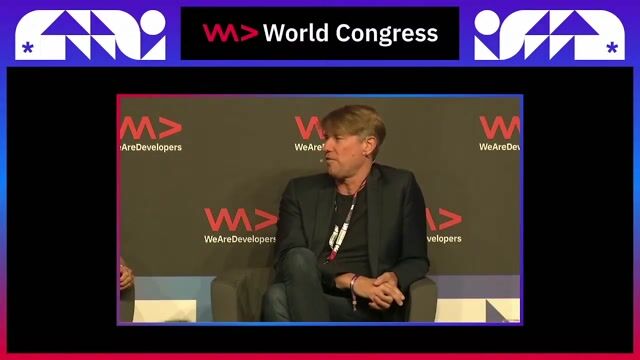
07:06 MIN
Implementing machine learning on resource-constrained edge devices
The Future of Computing: AI Technologies in the Exascale Era

12:50 MIN
Key security considerations for AI systems and edge devices
The Future of Computing: AI Technologies in the Exascale Era

27:30 MIN
Managing AI's energy consumption with sustainable infrastructure
How to build a sovereign European AI compute infrastructure
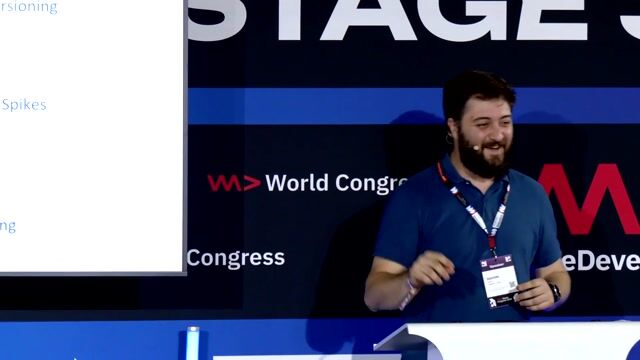
17:44 MIN
Overlooked challenges of running AI applications in production
Chatbots are going to destroy infrastructures and your cloud bills

00:53 MIN
The rise of general-purpose GPU computing
Accelerating Python on GPUs
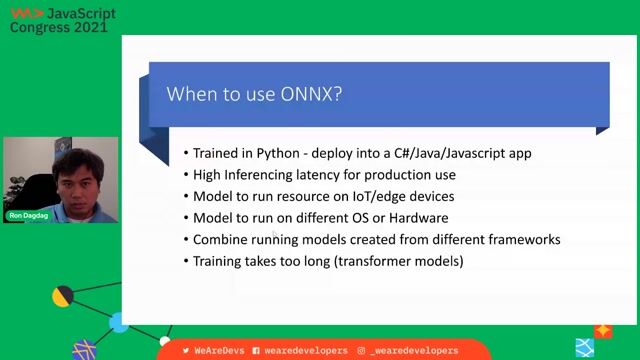
08:15 MIN
When to use ONNX for your machine learning projects
Making neural networks portable with ONNX
Featured Partners
Related Videos
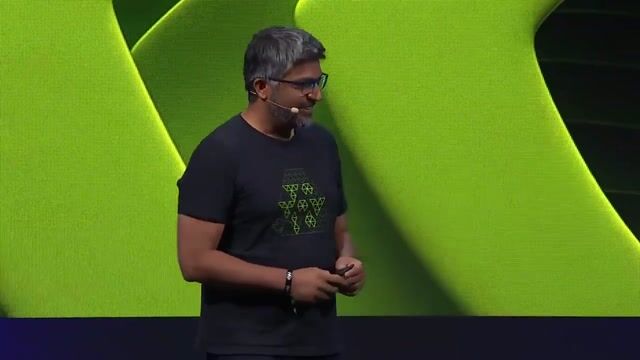 35:16
35:16How AI Models Get Smarter
Ankit Patel
 26:25
26:25Bringing AI Everywhere
Stephan Gillich
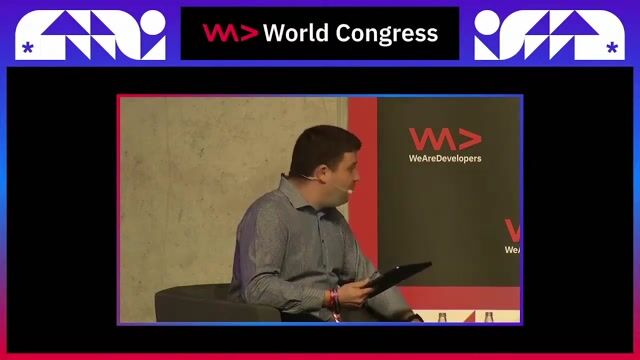 30:46
30:46The Future of Computing: AI Technologies in the Exascale Era
Stephan Gillich, Tomislav Tipurić, Christian Wiebus & Alan Southall
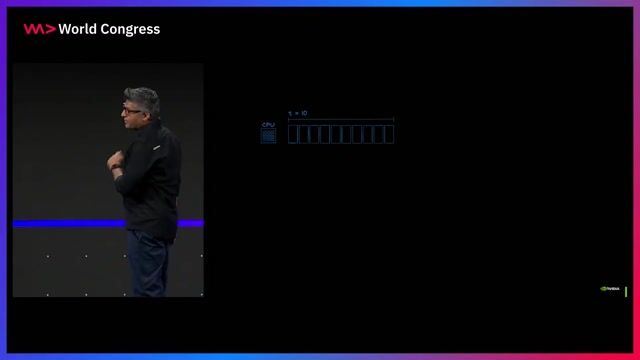 22:07
22:07WWC24 - Ankit Patel - Unlocking the Future Breakthrough Application Performance and Capabilities with NVIDIA
Ankit Patel
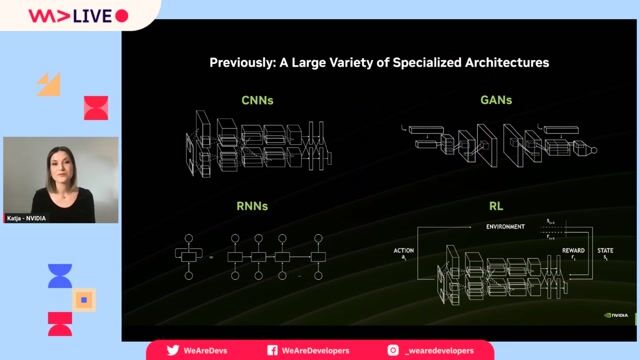 56:55
56:55Multimodal Generative AI Demystified
Ekaterina Sirazitdinova
 22:11
22:11How computers learn to see – Applying AI to industry
Antonia Hahn
 25:47
25:47Performant Architecture for a Fast Gen AI User Experience
Nathaniel Okenwa
 24:26
24:26AI Factories at Scale
Thomas Schmidt
Related Articles
View all articles



From learning to earning
Jobs that call for the skills explored in this talk.

AI Systems and MLOps Engineer for Earth Observation
Forschungszentrum Jülich GmbH
Jülich, Germany
Intermediate
Senior
Linux
Docker
AI Frameworks
Machine Learning

AI & Embedded ML Engineer (Real-Time Edge Optimization)
autonomous-teaming
Canton of Toulouse-5, France
Remote
C++
GIT
Linux
Python
+1

AI & Embedded ML Engineer (Real-Time Edge Optimization)
autonomous-teaming
München, Germany
Remote
C++
GIT
Linux
Python
+1

Edge Deployment Engineer (AI & Embedded Systems)
European Tech Recruit
Retortillo de Soria, Spain
Intermediate
C++
GIT
Python
Machine Learning

Edge Deployment Engineer (AI & Embedded Systems)
European Tech Recruit
Municipality of Bilbao, Spain
Intermediate
C++
GIT
Python
Machine Learning

Edge Deployment Engineer (AI & Embedded Systems)
European Tech Recruit
Municipality of Vitoria-Gasteiz, Spain
Intermediate
C++
GIT
Python
Machine Learning

Edge Deployment Engineer (AI & Embedded Systems)
European Tech Recruit
Municipality of Murcia, Spain
Intermediate
C++
GIT
Python
Machine Learning

Edge Deployment Engineer (AI & Embedded Systems)
European Tech Recruit
Boiro, Spain
Intermediate
C++
GIT
Python
Machine Learning

Edge Deployment Engineer (AI & Embedded Systems)
European Tech Recruit
Municipality of Valencia, Spain
Intermediate
C++
GIT
Python
Machine Learning